Staff Answer

Apr 13, 2020 - 11:00 AM
The differences between BitCool and ElectroCool are based on the raw material components, their reaction times, post processing, and their resulting viscosity and material compatibility index. The materials compatibility index is the measure of how compatible a specific Dielectric Coolant is with the various materials we expect the coolant to come into contact with. Because each of our Dielectric Coolants is formulated for different applications our Chief Scientist, Dr. David Sundin, has formulated each coolant to have the highest thermal density and greatest material compatibility for its application..
Our Dielectric Fluids are composed of a host of 60+ raw material components that are fed into our reactors under very specific temperatures and pressures during the reaction which results in the final composition of our Dielectric Coolants. Generally speaking the longer we allow the reaction to continue higher the material compatibility index of the coolant, because the less unprocessed raw materials are left in the final product. In addition, for some products we also run them through and additional post process to remove specific catalysts and unreacted components to further improve the purity thus the material compatibility index of the final coolant.
BitCool is our least processed coolant, and thus has highest degree of unprocessed / intermediate materials and thus the lowest material compatibility index of all of our products. However, because ASIC miners relatively simple devices and generally share the same components these devices do not require a high material compatibility index - as long as the coolant is fully compatible with targeted subset of common components.
Electrocool and AmpCool are both highly processed and also start out with different base materials. Depending on the grade of the product, some grades are further post processed to ensure a very long stable coolant with a very high material compatibility index. Generally speaking the higher the product number (EC-110 vs EC-120) the higher the grade of raw materials were used to manufacture the coolant, the longer the reaction cycle, and more post processing has occurred thus resulting in a purer product with a material compatibility index and better performance.
Servers, GPUs, FPGAs, batteries, and charging systems have a much longer expected useful life (~4-8 years) because of this and the fact that they have a much wider set of materials and componentry they require a significantly higher material compatibility index than ASIC miners do to ensure they are able to meet their expected operational life.
If you are going to be mixing both GPUs and ASICs in a single tank, we highly recommend using EC-110 as the Dielectric Coolant. Using BitCool with GPUs could result in a device failure due to material incompatibilities.
We do not support or recommend using BitCool with any device other than the ASIC Miners listed our our Bitminer Compatibly Guide.
In addition, we are starting to see some new miners come on the market that are looking more like GPUs and FPGA blades, which would require them to use ElectroCool instead of BitCool.
Check our Materials Compatibility Guide and Bitminer Compatibly Guide for updates.
Our Dielectric Fluids are composed of a host of 60+ raw material components that are fed into our reactors under very specific temperatures and pressures during the reaction which results in the final composition of our Dielectric Coolants. Generally speaking the longer we allow the reaction to continue higher the material compatibility index of the coolant, because the less unprocessed raw materials are left in the final product. In addition, for some products we also run them through and additional post process to remove specific catalysts and unreacted components to further improve the purity thus the material compatibility index of the final coolant.
BitCool is our least processed coolant, and thus has highest degree of unprocessed / intermediate materials and thus the lowest material compatibility index of all of our products. However, because ASIC miners relatively simple devices and generally share the same components these devices do not require a high material compatibility index - as long as the coolant is fully compatible with targeted subset of common components.
Electrocool and AmpCool are both highly processed and also start out with different base materials. Depending on the grade of the product, some grades are further post processed to ensure a very long stable coolant with a very high material compatibility index. Generally speaking the higher the product number (EC-110 vs EC-120) the higher the grade of raw materials were used to manufacture the coolant, the longer the reaction cycle, and more post processing has occurred thus resulting in a purer product with a material compatibility index and better performance.
Servers, GPUs, FPGAs, batteries, and charging systems have a much longer expected useful life (~4-8 years) because of this and the fact that they have a much wider set of materials and componentry they require a significantly higher material compatibility index than ASIC miners do to ensure they are able to meet their expected operational life.
If you are going to be mixing both GPUs and ASICs in a single tank, we highly recommend using EC-110 as the Dielectric Coolant. Using BitCool with GPUs could result in a device failure due to material incompatibilities.
We do not support or recommend using BitCool with any device other than the ASIC Miners listed our our Bitminer Compatibly Guide.
In addition, we are starting to see some new miners come on the market that are looking more like GPUs and FPGA blades, which would require them to use ElectroCool instead of BitCool.
Check our Materials Compatibility Guide and Bitminer Compatibly Guide for updates.






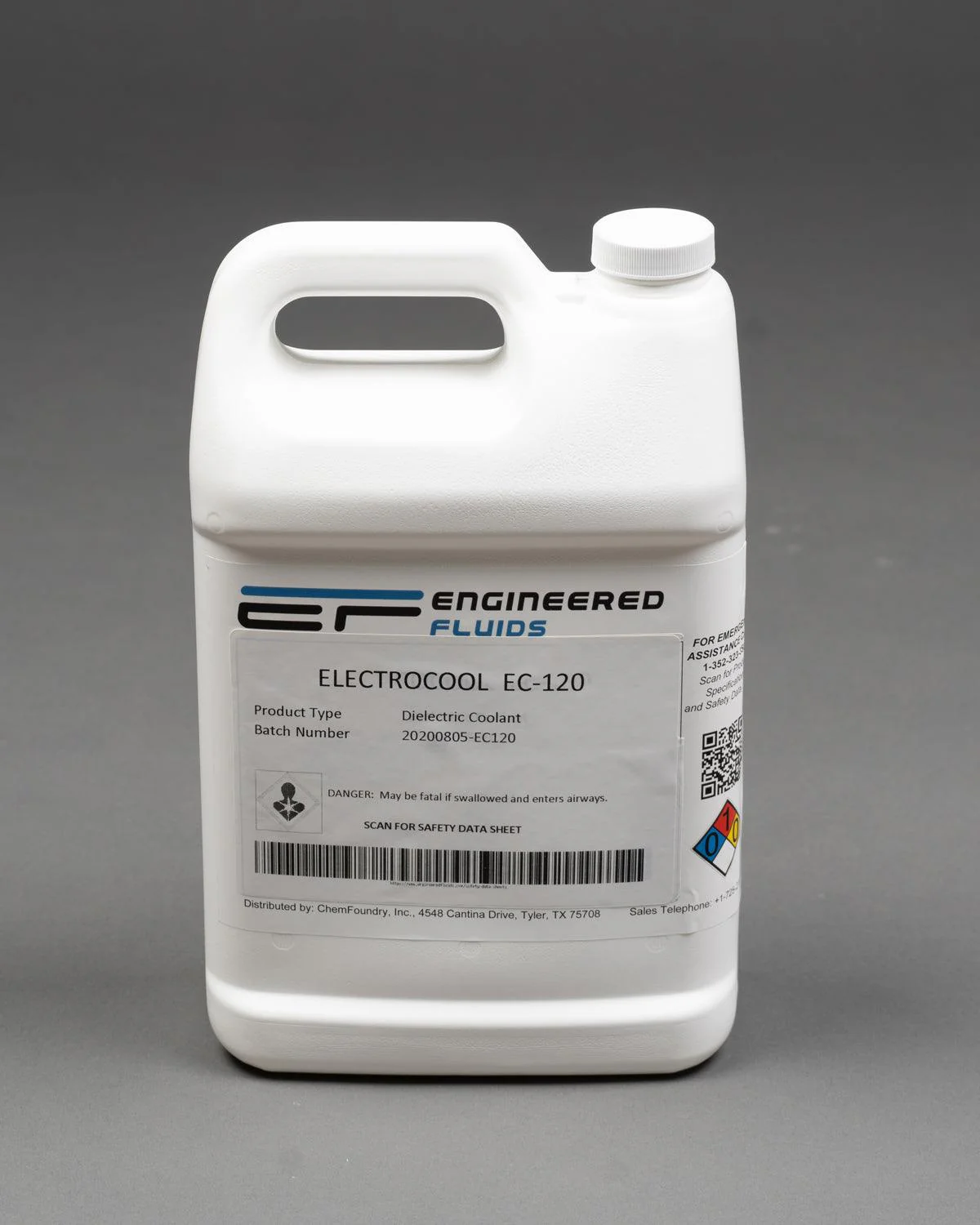

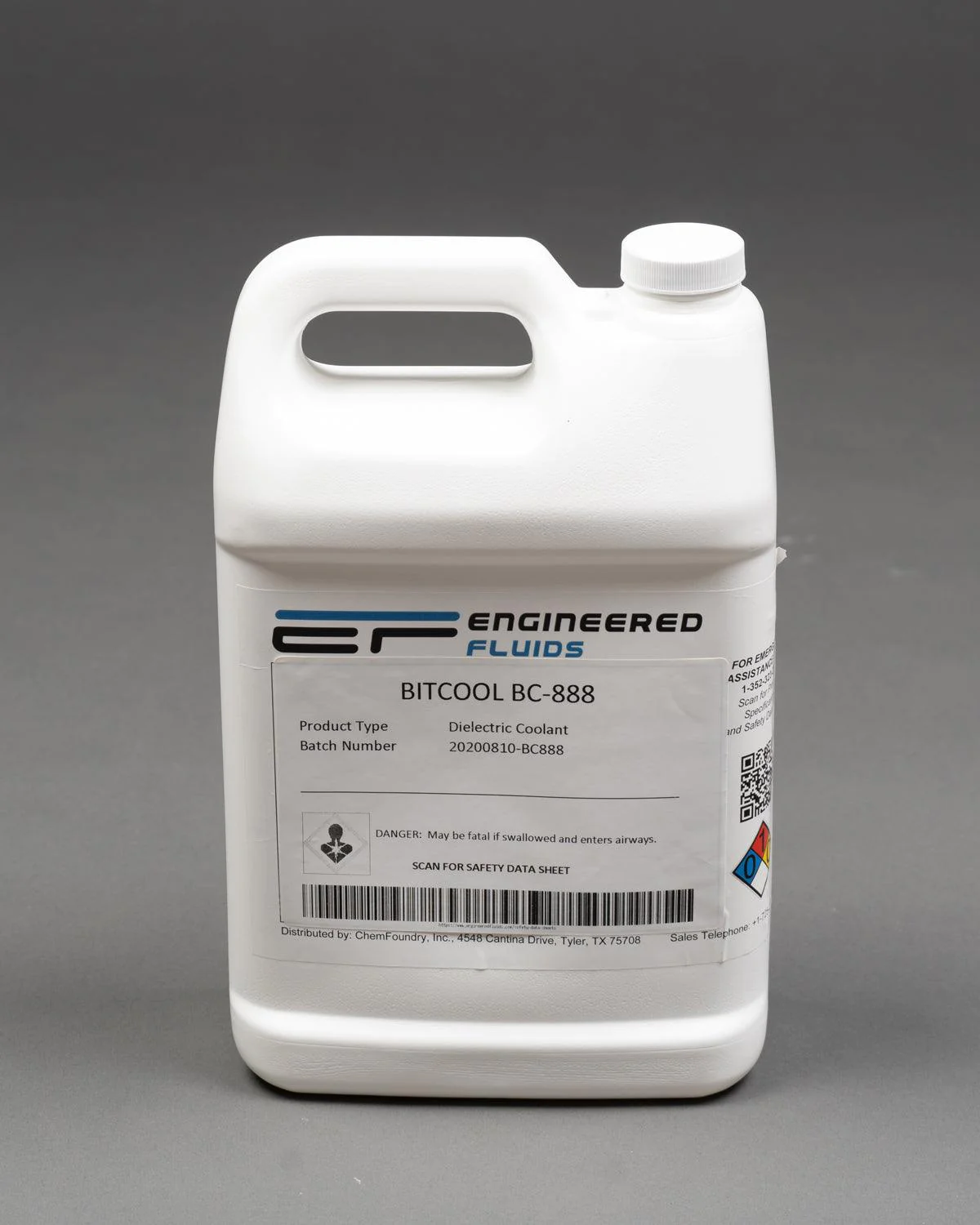
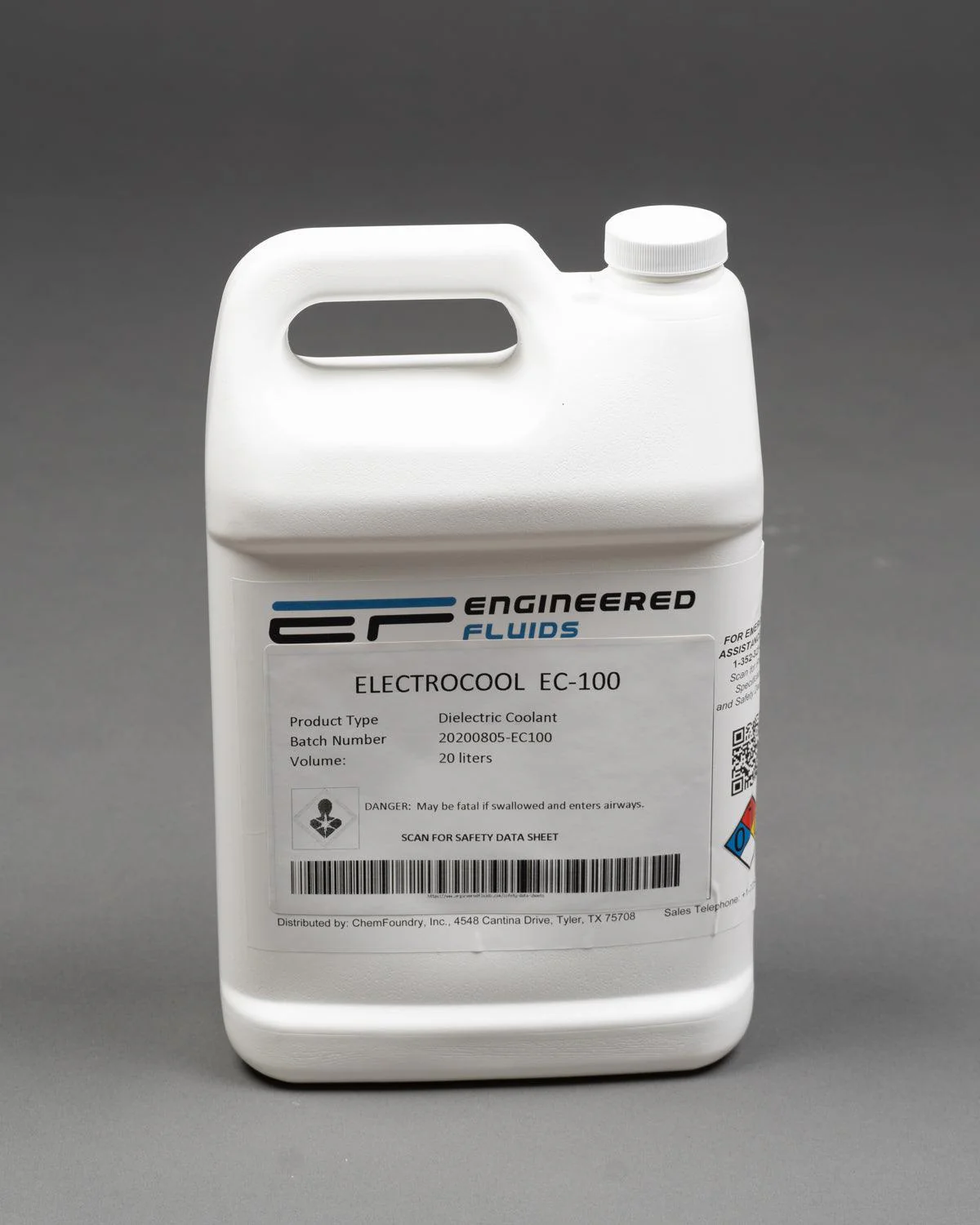
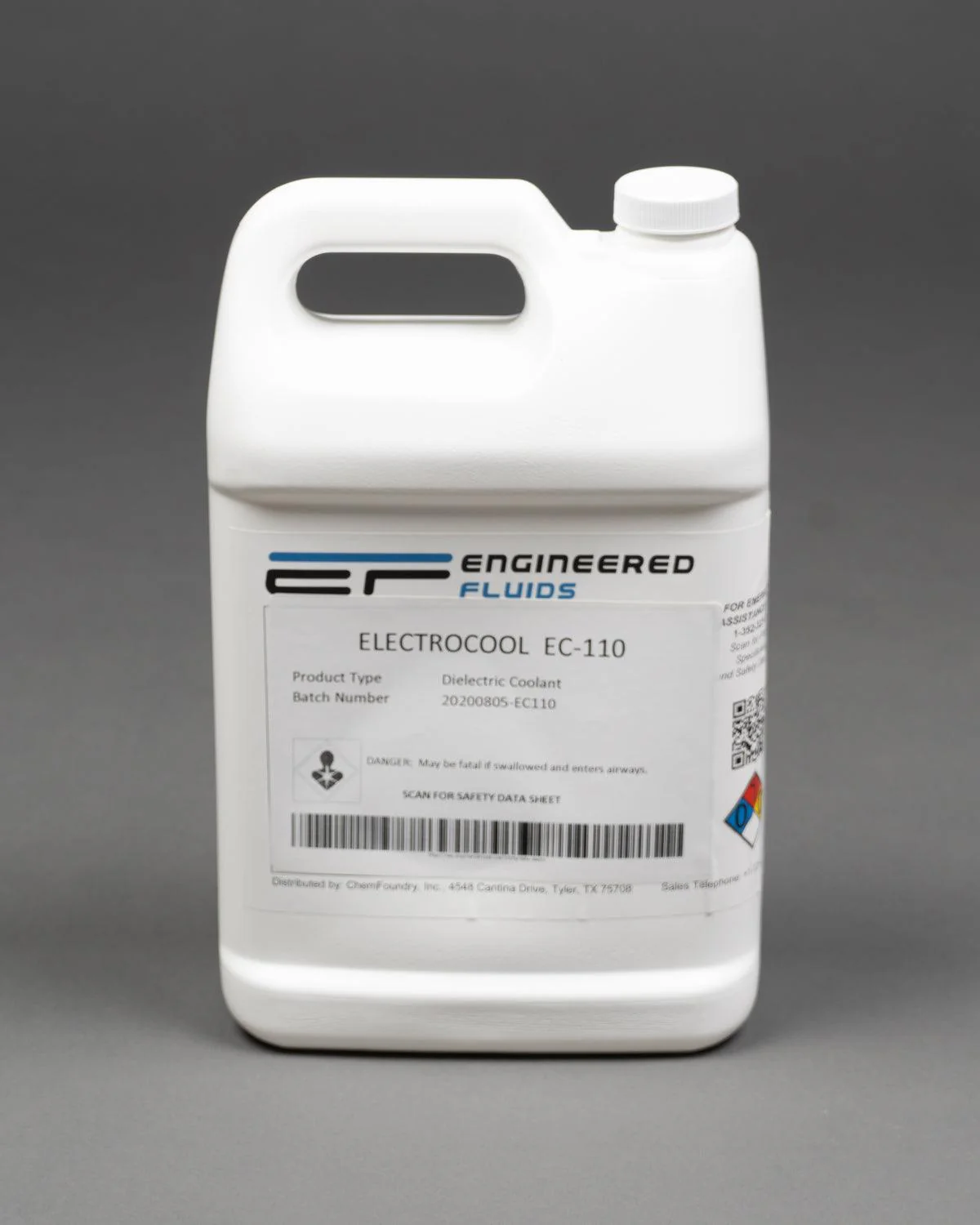
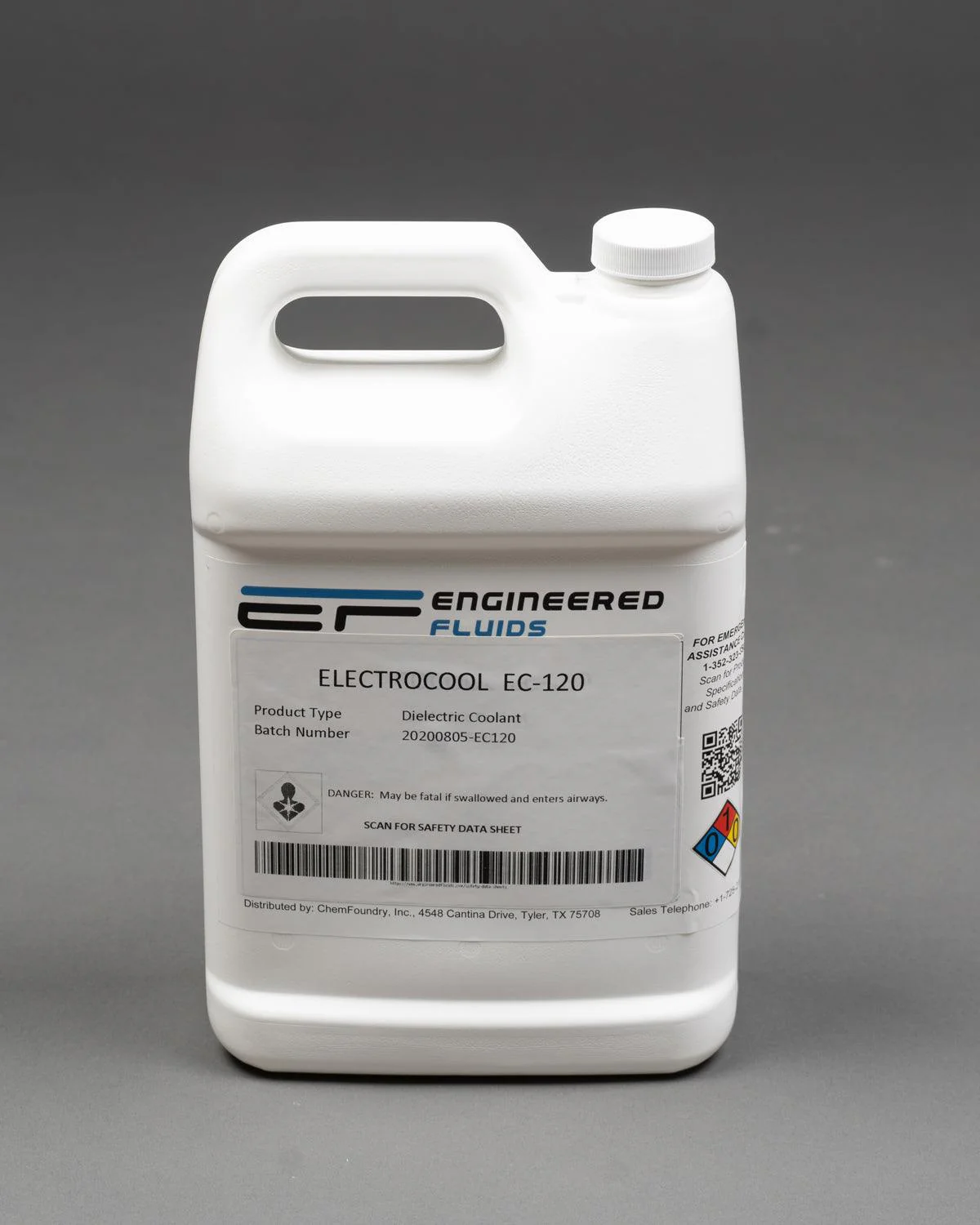
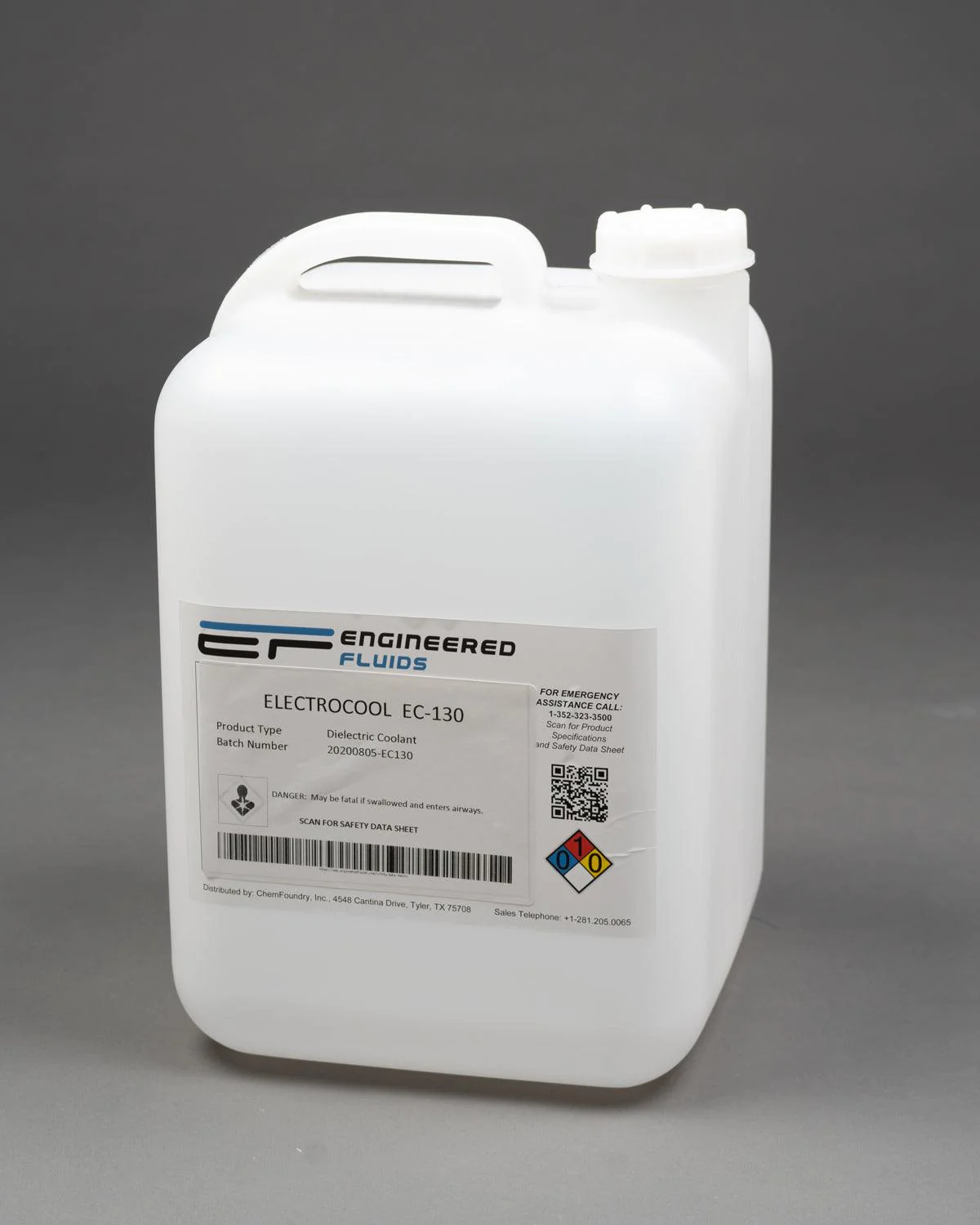

Add New Comment